In This Month’s Newsletter
Register Now for Season 36 of The Ladder Leagues Random 600 Association
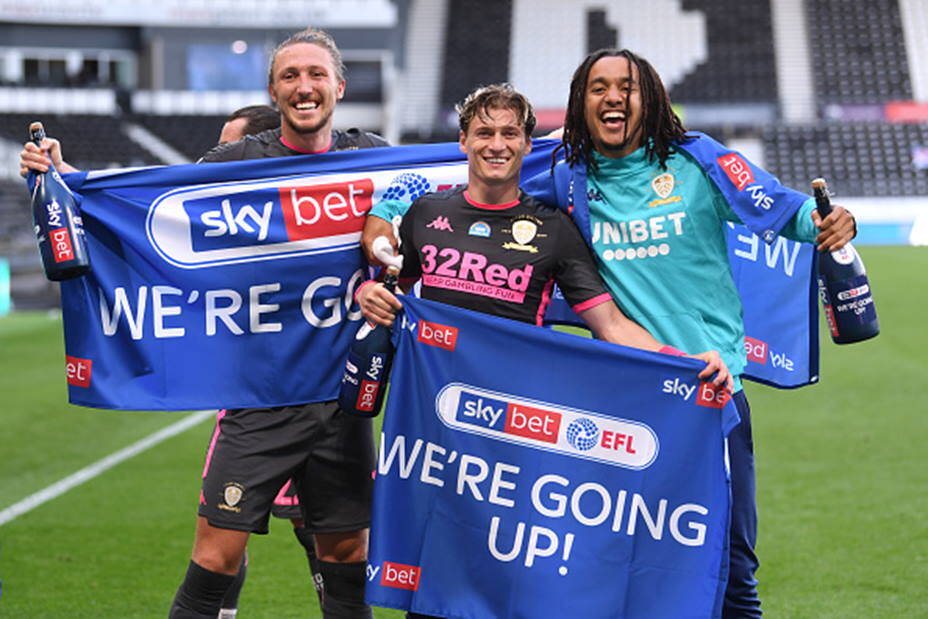 The Ladder Leagues are a series of leagues that operate like European soccer: each Ladder Leagues season, the top teams in a league are promoted to higher-ranked leagues and the bottom teams are relegated to lower-ranked leagues.
The Ladder Leagues are a series of leagues that operate like European soccer: each Ladder Leagues season, the top teams in a league are promoted to higher-ranked leagues and the bottom teams are relegated to lower-ranked leagues.
There are three Ladder Leagues associations. All are played at normal (3 games per day) pace.
The SSG Association is the most recent addition to the Ladder Leagues. It utilizes the SSG (single season) player pool. In Season Five, which gets underway soon, the SSG Association expanded from three to four leagues.
The Standard Association utilizes the Classic (career-rated) player pool and has been going strong for many years. Season 47 recently concluded and registration for Season 48 will commence soon.
The Random 600 Association also utilizes the Classic player pool. RA600 leagues are played in the Moneyball era of play and draft from random pools of just 600 players. The RA600 Association currently comprises six ranked leagues.
Registration currently is underway for Season 36 of the Random 600 Assn. The Ladder Leagues provide a great entry point for owners new to Diamond Mind Online to join competitive leagues with similarly-skilled owners.
New Classic Players
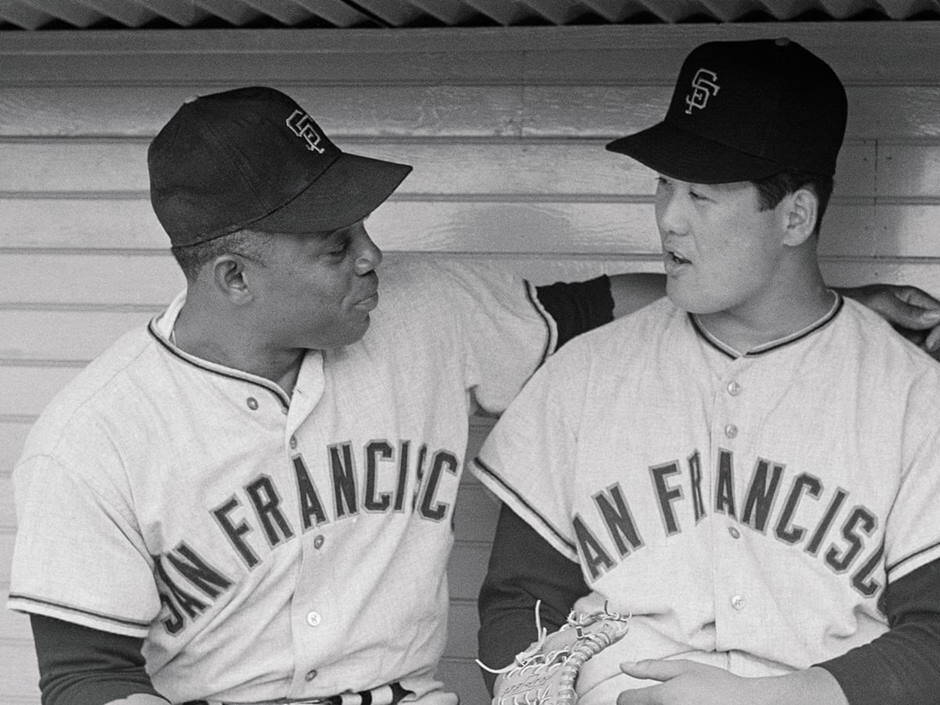 Typically we introduce new players to the Classic player pool annually. Our last group was added in January. But we’ve decided to add a second group this year around the time of the All-Star break.
Typically we introduce new players to the Classic player pool annually. Our last group was added in January. But we’ve decided to add a second group this year around the time of the All-Star break.
We’ve got 56 players in the works, from recent retirees like Dustin Pedroia and Adam Jones to “fan favorites” customers have been lobbying for like Benny Agbayani and Masanori Murakami.
There still will be another new batch of players at the usual time early in 2022, headed by Hall of Fame bound Albert Pujols.
A Five Homer Haul!
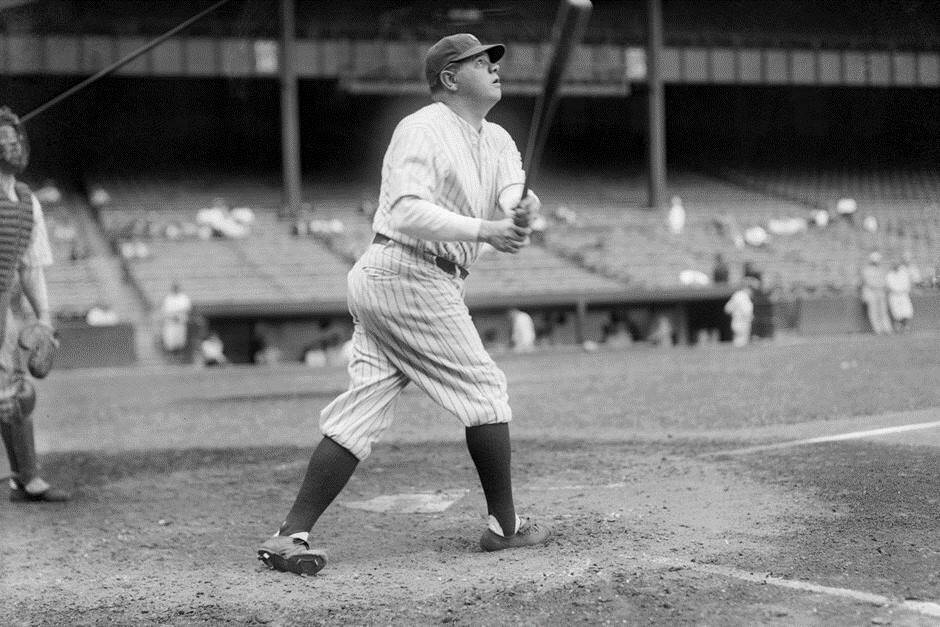 Eighteen times in major league history players have hit four home runs in one game. No one has ever hit five, but Babe Ruth accomplished the feat for Bruce (LowSpark) Morris’s Moonlight Bay team in the Deadball – 1927 SSG Turbo league.
Eighteen times in major league history players have hit four home runs in one game. No one has ever hit five, but Babe Ruth accomplished the feat for Bruce (LowSpark) Morris’s Moonlight Bay team in the Deadball – 1927 SSG Turbo league.
In real life Ruth himself never hit four home runs in a game. He did, however, have four three home run games, two of which were in the World Series.
Ruth was the first player to hit three home runs in a postseason game, and is the only player to have done it twice. He accomplished the feat against the Cardinals in Game 4 of the 1926 World Series (won by the Cardinals in seven games). He turned the trick again two years later against the Cardinals in Game 4 of the 1928 World Series (a four-game sweep by the Yankees).
Yankees World Series Wins 1903 - Present
His first regular season three home run game was May 21, 1930 vs. the Philadelphia A’s. His next and last came at age 40 for the Boston Braves vs. the Pittsburgh Pirates, making Ruth the only player to have accomplished the feat in both leagues.
His three home runs in Pittsburgh were the last three of his career. The third was hit clear out of Forbes Field – the first ball to be hit out of the park in its 26-year history. The Babe retired eight days later.
The major league record for career three-homer games is six, held jointly by Mookie Betts, Johnny Mize and Sammy Sosa. With Betts still just 28 years old, it seems a good bet that we will eventually take sole possession of the record.
The Tipping Point
Each month we’ll offer a few tips in this space that may come in handy for the beginner as well as the experienced team owner.
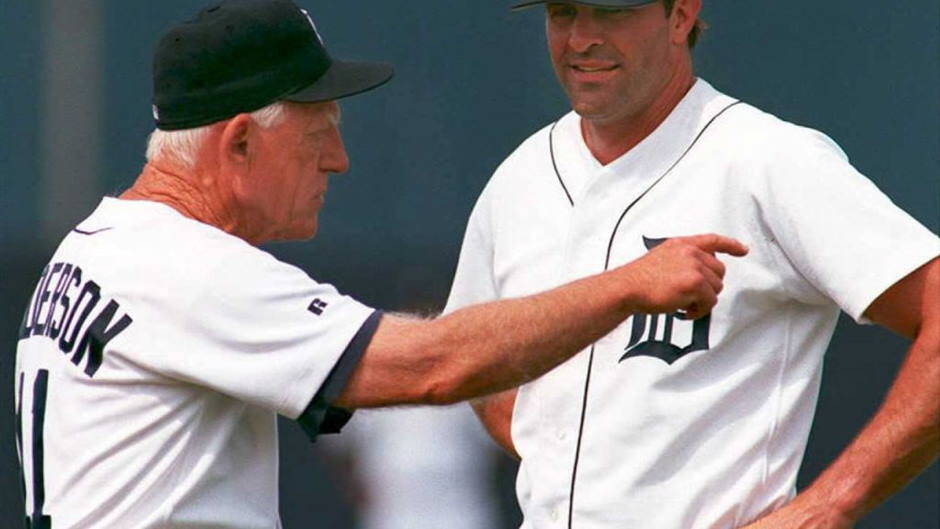
Some random thoughts on tailoring your team to your park:
In general, if you have an offense-oriented park, you want an offense-oriented roster; if you have a pitching-oriented park, you want a pitching-oriented roster. You can find a more in-depth discussion of this fundamental question here. That same column discusses tailoring a roster to a “band box” type park.
Having pitchers who restrict home runs if your home park is a band box makes sense, and low WHIP pitchers who allow a few more gopher balls may be a decent fit in parks that restrict home runs. But batters who don’t hit homers aren’t necessarily a bad fit for a band box – they’ll get the same boost from the park that sluggers get. However, such players may be good value in a park that suppresses home runs: if they wouldn’t hit them in a more neutral setting, they’ve got nothing to lose in a park that swallows them up.
Think of it this way: if part of a batter’s salary represents his home run production, a slugger loses part of that value in a park that suppresses home runs. If it’s a player that doesn’t hit home runs, he’s got nothing to lose and you’re still getting “full value” for that player in a park where home runs go to die.
The effect parks have on player performance is based primarily on park factors, with the park’s surface (grass or artificial) and weather playing a lesser part. The configuration, wall heights and outfield expanse are basically for show: outfielders with great range aren’t more or less necessary, or valuable, depending on whether your park’s outfield is large or small.
One mistake many team owners make is to focus on park-specific sim stats. These are interesting to look at but not particularly useful. There is no special connection between particular players and particular parks. If a player has especially good (or bad) stats in one park relative to other parks with similar park factors, that is almost certainly an aberration.

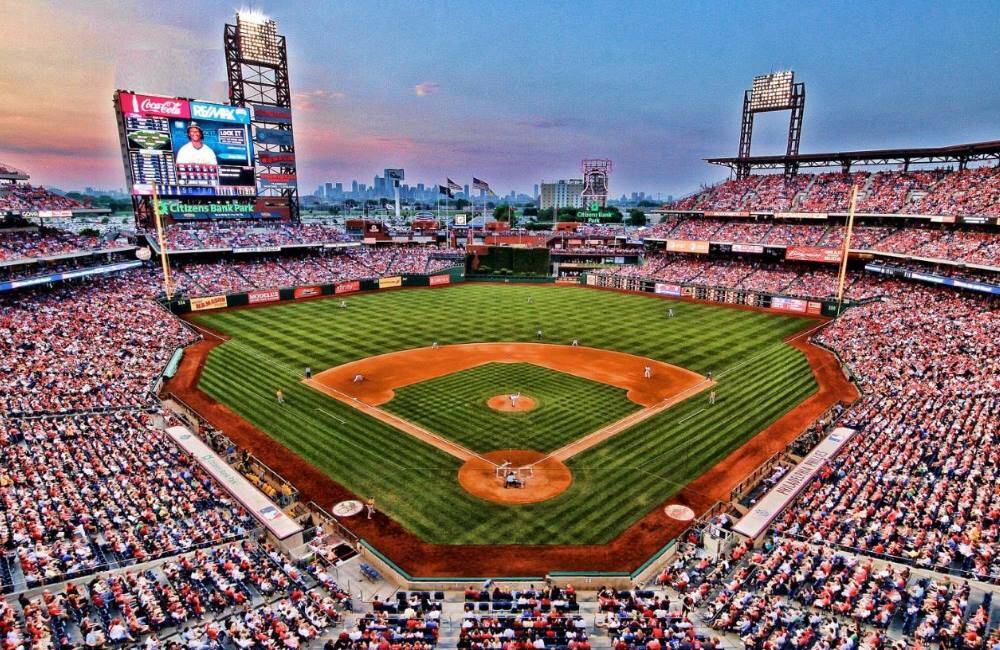
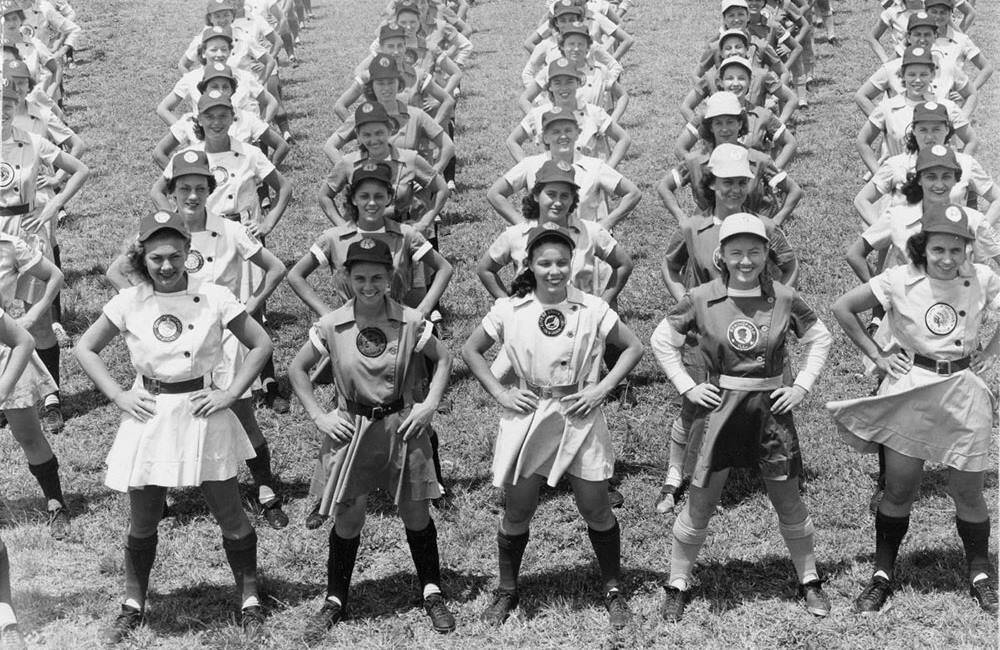
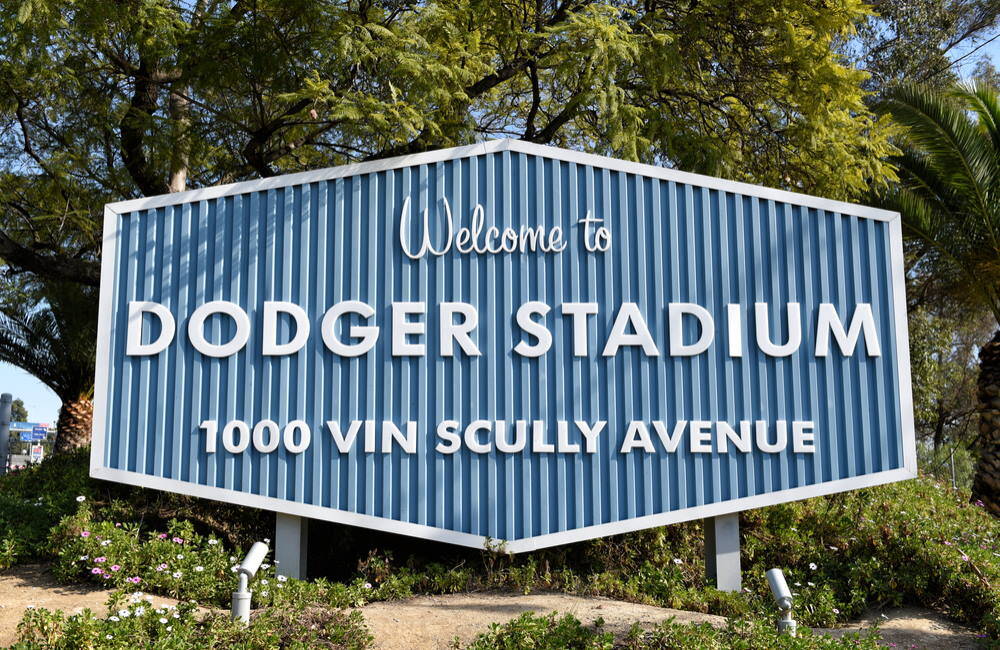
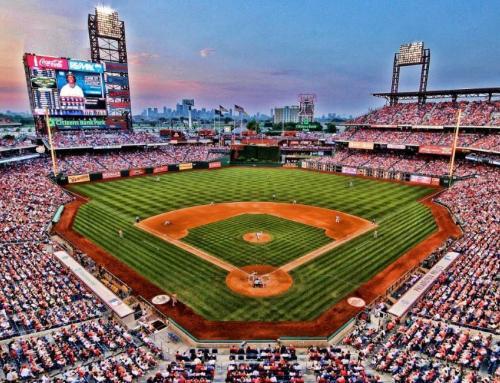
Thanks for this article. It is great